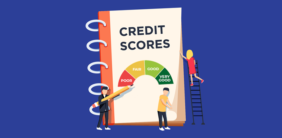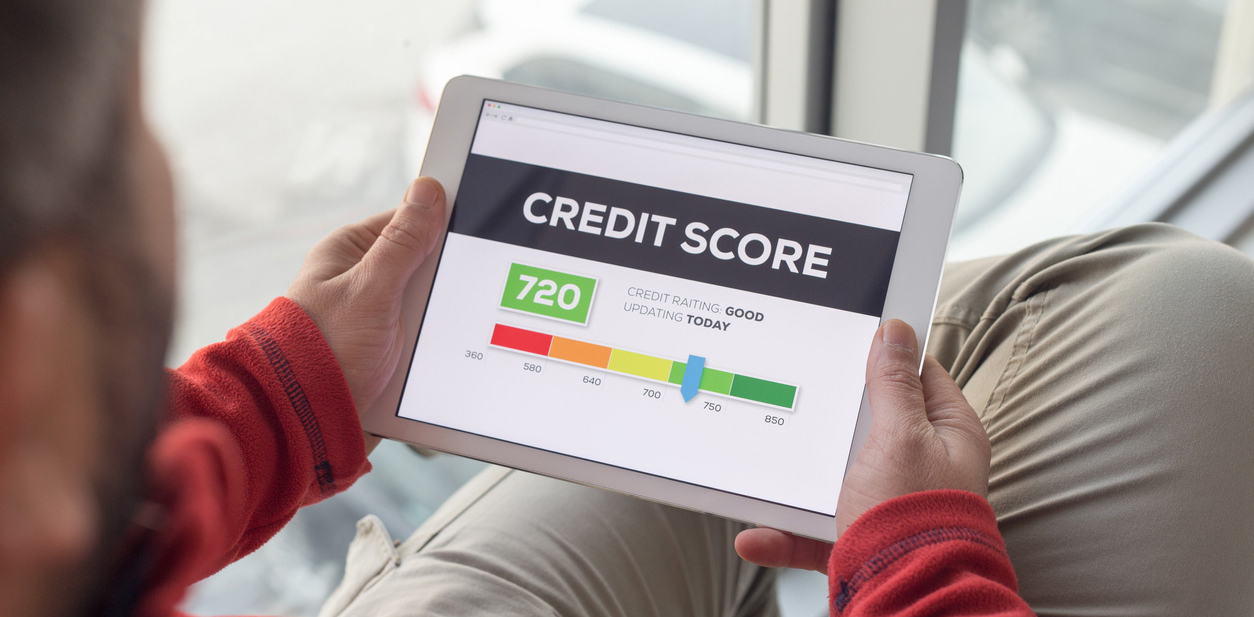Learning to manage your money as a college student can give you a head start financially.
When I was an undergrad, I made several financial mistakes. My bank account was in the red multiple times, and I took on too much credit card debt. At the time, I didn’t have a full understanding of how personal finance worked.
If you don’t have a full understanding either, that’s totally understandable. According to a 2019 Money Matters Report by EVERFI, 47% of college students surveyed didn’t feel like they were capable of managing their money.
The good news is, you can increase your financial understanding over time with experience and education. Learning how to manage your money while in college can help you avoid making costly financial mistakes down the road.
Not sure where to start? Here are 11 personal finance to-dos college students should study up on before leaving campus life behind.
1. Master Budgeting
One of the most important steps when it comes to money management is learning how to budget. To do this, you have to keep track of your expenses and income. When creating your budget, use your net income — the amount of income you take home after taxes. Also, include any extra money you get from your parents or financial aid refund.
To create your budget, you can use pen or paper or use an online budgeting app, like Mint. When reviewing your budget, try to make sure your expenses aren’t greater than your income. It’s hard to save money for emergencies when that’s the case.
If your expenses are greater than your income, consider cutting back on take out or other unnecessary expenses. Compare the cost of eating out with the cost of a meal plan at your school, if you live on campus. Also, whenever you subscribe to services like Amazon, make sure you choose the student discount option. This can save you a ton of money.
Although working might be hard while you’re in school, consider taking on a part-time job to increase your income. That way, you can build an emergency fund for things like unexpected car repairs or medical expenses.
2. Open a Checking and Savings Account
If you don’t have a bank account already, consider opening up a checking and savings account. Although the two accounts are similar, they operate differently. A checking account is used for everyday expenses and usually comes with a debit card. By contrast, a savings account is used to store money you may need later.
Before you sign up for the account, do some research on the minimum balance requirements, withdrawal limits and overdraft fees. Some banks charge you extra for not having a certain amount of money in your savings or checking each month.
Also, banks usually only allow six withdrawals per month with savings accounts. If you go over that amount, it can close your account or change it to a different type of account.
Whenever you make a purchase, try to make sure that you have enough money in the account to cover it. If you don’t, you’ll have to pay pesky overdraft fees. The average overdraft fee is now over $33, according to a 2020 Bankrate study.
3. Set Financial Goals
Create short-term and medium-term goals for your money. Some examples of short-term goals include saving up money for an upcoming spring break trip or textbook purchase. An example of a long-term goal could be wanting to retire and be debt-free in 20 years.
Whatever your goals are, write them down, and create a financial plan to achieve them. If you need help creating the plan or staying focused, consider reaching out to a financial coach.
4. Learn How Interest Rates Work
Interest rates can work for or against you. For example, if you have a high interest rate on your checking account, that means you’ll earn more money. However, when you take out a loan, a lender usually charges you interest. A higher interest rate usually means you’ll pay more in interest fees during the life of the loan.
5. Take Steps to Build and Establish Your Credit Score
Don’t forget to work on your credit score. It might take a long time for you to establish it, but it will save you a lot of money in the long run.
When a lender reviews your loan application, your credit score is used, among other factors, to determine your loan’s interest rate. Payment history and length of credit history accounts for 50% of your FICO score. As a college student, you might not have much payment history or a lengthy credit history.
To establish your score, you can take out a secured credit card, ask a family member to list you as an authorized user on their credit card, or take out a credit-builder loan with a credit union.
6. Review Your Credit Reports Regularly
Negative marks on your credit report can bring your credit score down, making it more difficult to qualify for a loan. To make sure you don’t have incomplete or inaccurate information in it, review your credit report at least once a year.
Under the Fair Credit Reporting Act, you have the right to dispute false information listed in your TransUnion, Equifax, or Experian credit reports. Each credit bureau allows you to file a dispute through its website. If you need help drafting a dispute letter, the Federal Trade Commission has sample dispute letters.
Once the inaccurate or incomplete information is removed, it might boost your credit score.
You can review your credit report by going to AnnualCreditReport.com. From now through April 22, 2022, you can request your credit report for each credit bureau for free.
7. Understand Other Common Factors Lenders Consider for a Loan Application
In addition to reviewing your credit score and credit report, lenders will consider other factors when you apply for a loan. Some additional factors it might consider are: your income, debt-to-income ratio, and down payment amount. So, even if you have a good credit score, it doesn’t necessarily mean you’ll be approved to borrow money.
For example, if you’re a student with a good credit score but minimal income, you may still need a cosigner to help you qualify for a loan. A 2020 RateGenius study found that 80% of students who refinanced their car loans needed a cosigner; yet only 15% of them submitted an application with a cosigner or joint applicant.
8. Use a Credit Card Responsibly
Credit cards typically come with high interest rates, so you should use them responsibly. This means paying your credit card bill on or before the due date. To avoid getting into credit card debt, only charge purchases you can afford to repay.
If you can afford to pay your statement balance in full each month, do so because it’ll help you avoid paying interest. However, if you can’t afford to do that, at least pay the minimum balance due each month. That way, you’ll avoid paying late fees.
When you’re more than 30 days late on your credit card bill, the credit card issuer can report it to the credit bureaus. This will cause your credit score to drop. To avoid paying your credit bill late, set up automatic drafts through the bank’s online banking platform.
9. Compare Loan Products
Before you apply for a loan, it’s a good idea to get pre-qualified by multiple lenders so you can compare interest rates, fees (if any), and terms without your credit score taking a hit. Since pre-qualification counts as a soft credit inquiry, these rates are more like estimates until the lender has reviewed your credit file.
If you want more accurate rates, you’ll consent to a hard credit check when you apply for the loan. From there you can shop for rates within a 14-to-45-day window without hurting your credit score (FICO and VantageScore have different rate shopping windows). This means you can apply for the same type of loan at multiple lenders to find the best rate and loan terms for you.
To compare rates, don’t just look at the loan product’s interest rate; look at its annual percentage rate. The APR is a better measurement than the interest rate since it accounts for any fees the lender charges.
Some fees you should look out for when comparing products include prepayment penalties and origination fees. A prepayment penalty is a fee charged when you pay your loan back early. The origination fees usually covers the cost of processing the loan and is taken from the loan amount.
10. Understand Your Student Loan Debt Repayment Options
To understand your student loan repayment options, contract your student loan lender. Depending on whether you have private or federal student loans, your repayment options will vary.
Federal student loans offer more repayment options than private student loans. For example, federal student loans come with income-driven repayment plans and access to the Public Service Loan Forgiveness plan. After making a certain amount of payments with these options, the remaining amount will be forgiven.
At the moment, a comparable repayment option doesn’t exist for private student loans. To understand your options for those types of student loans, speak with your lender.
11. Learn How Refinancing Works
When you take out a loan, it’s important to note that you’re not stuck with the interest rate you get for life. If average interest rates drop or your financial situation improves, you can save a lot of money by refinancing your loan. This simply means you take out a new loan to replace your current one with hopefully better rates and terms.
You can refinance multiple types of loans — auto loans, student loans, home mortgage loans, etc.
The Bottom Line
Learning how to manage your money as a college student can be difficult. But you can make it easier by applying some of the personal finance tips above. Start by learning how to budget your money and then work on setting your goals.
;)












